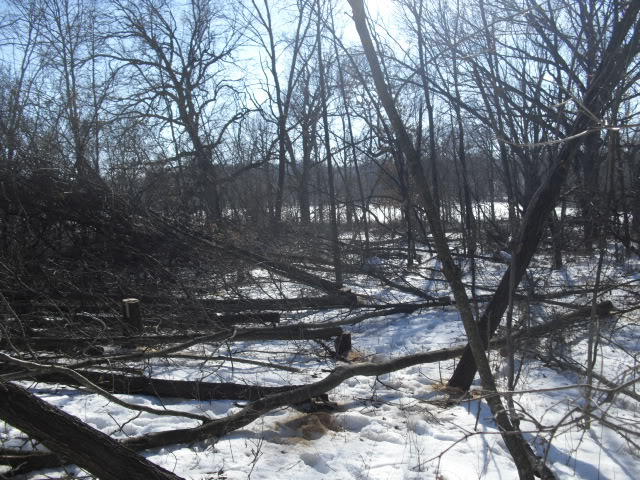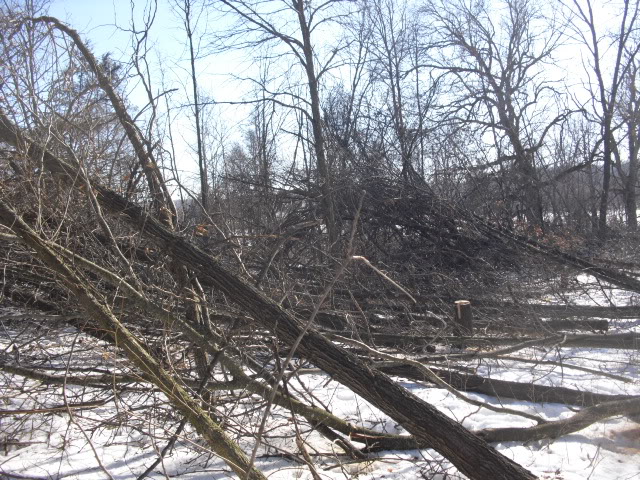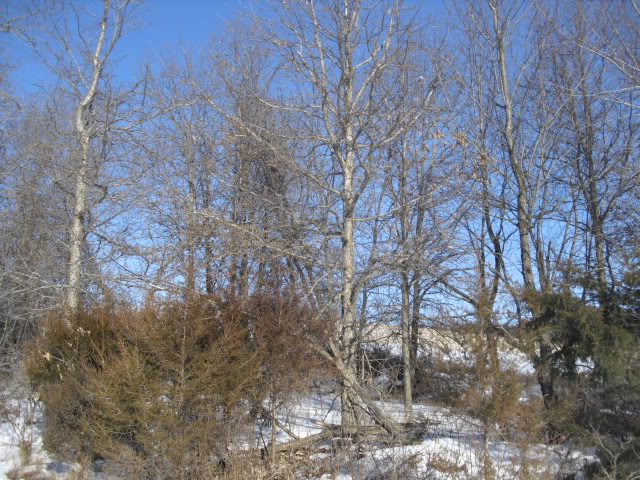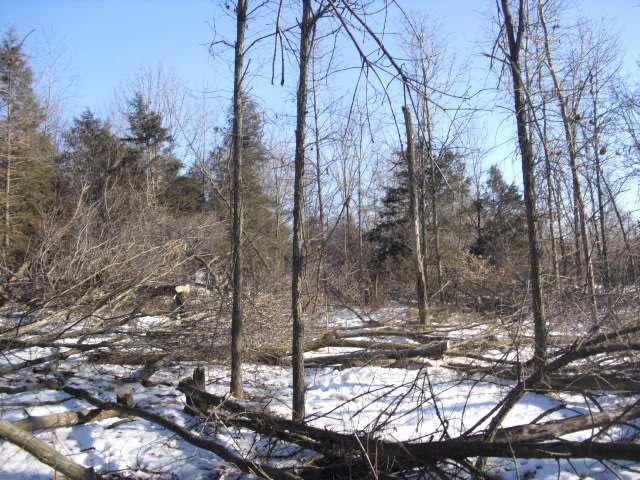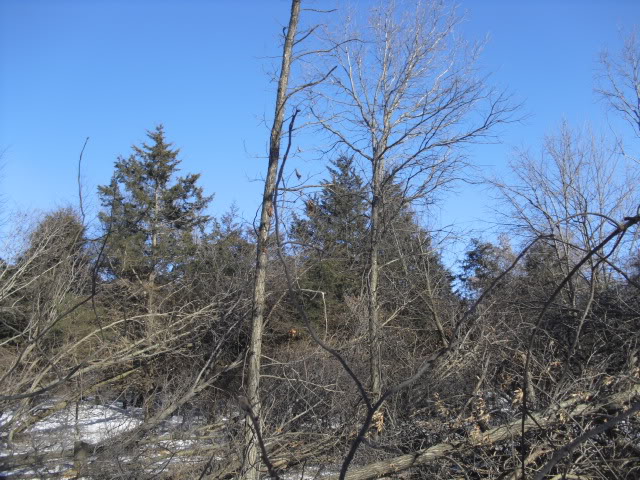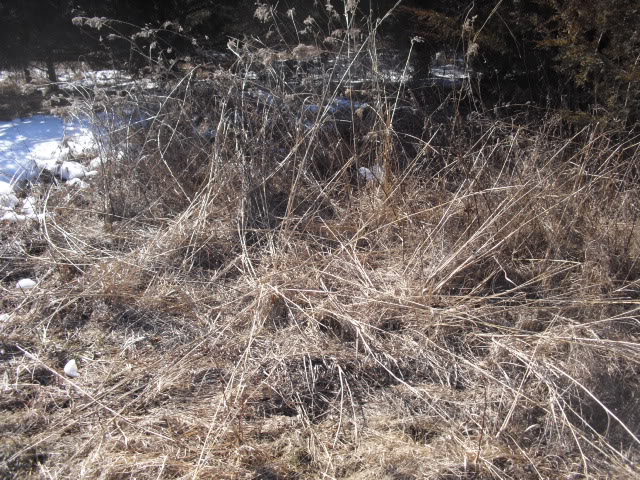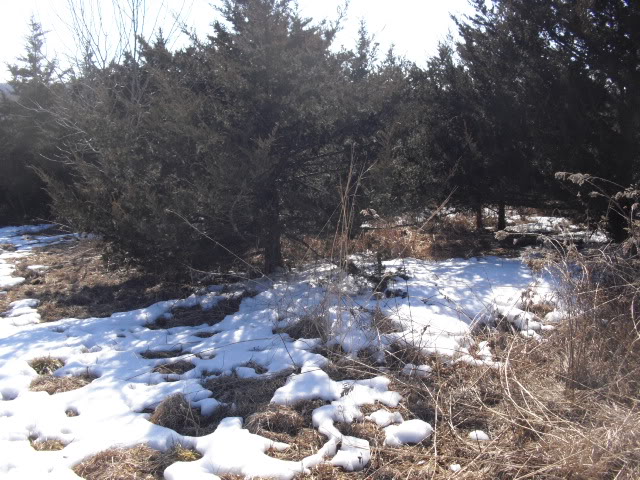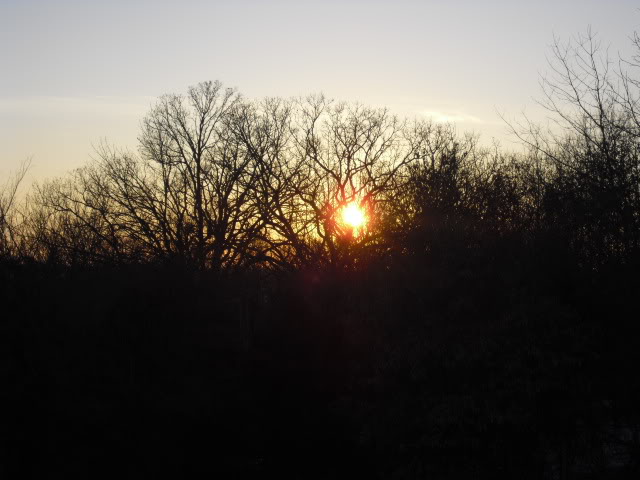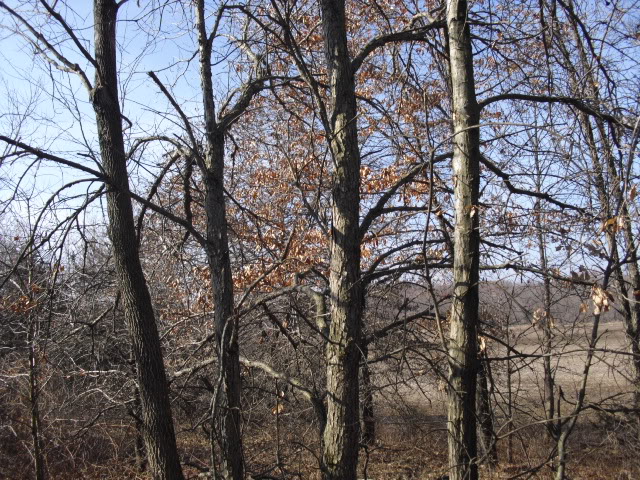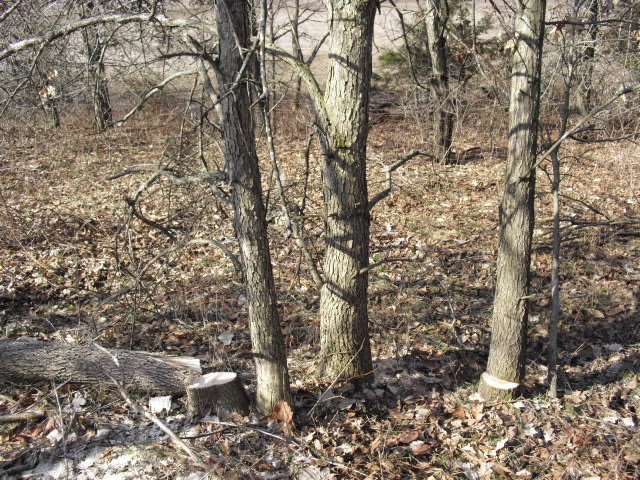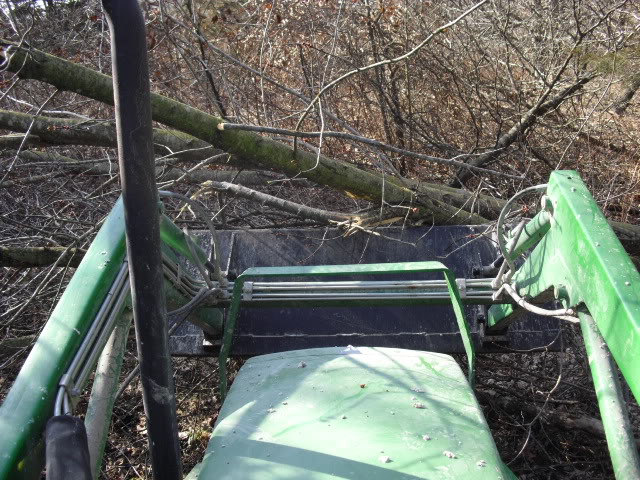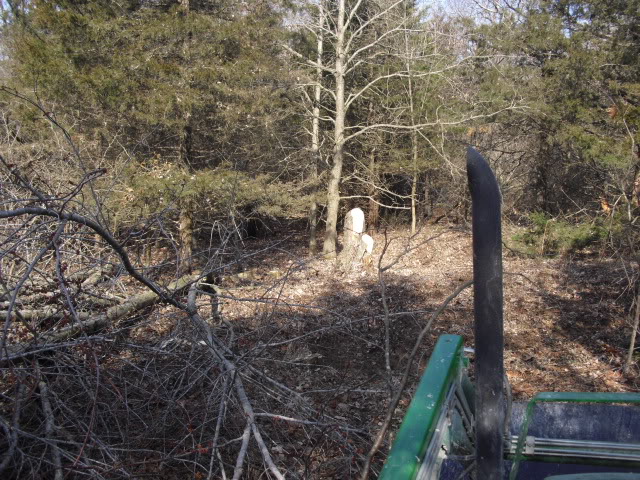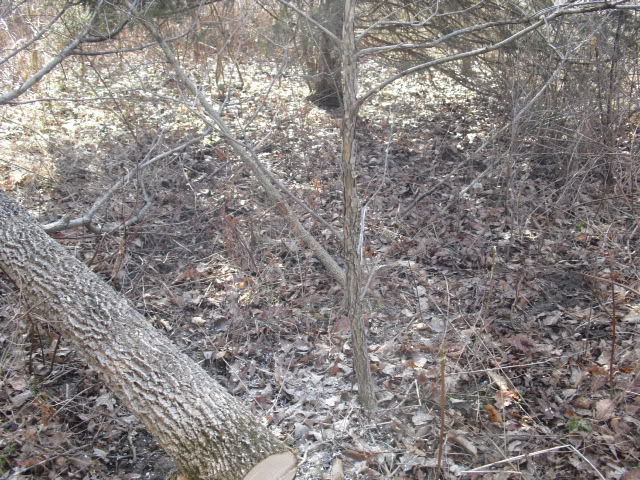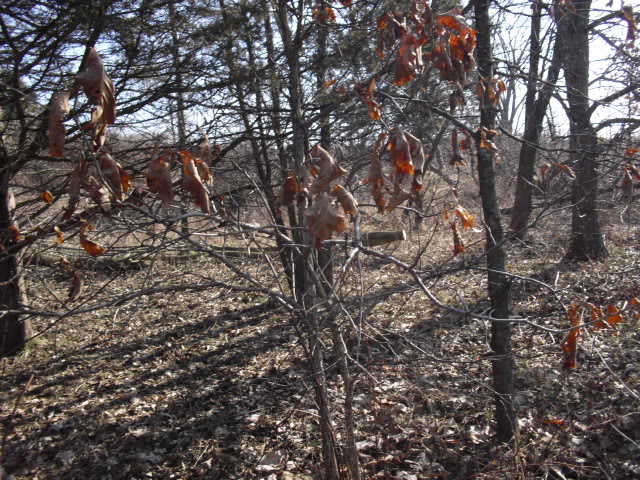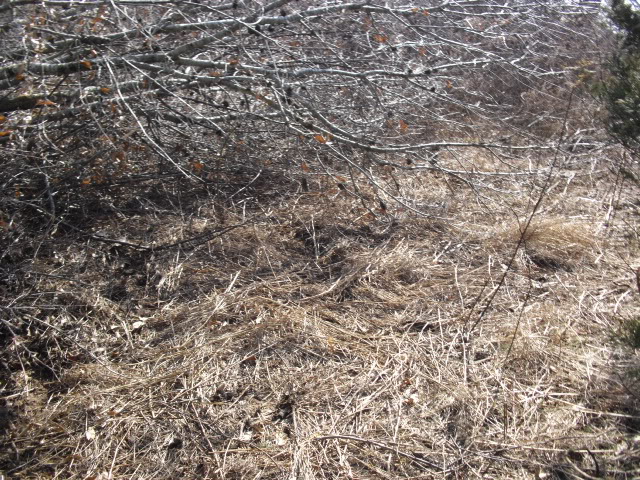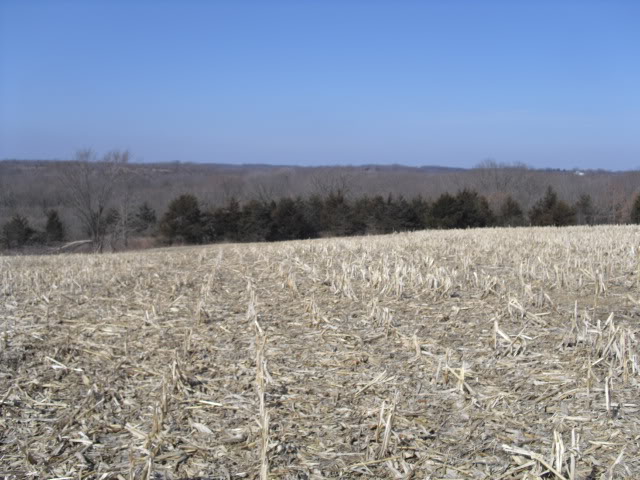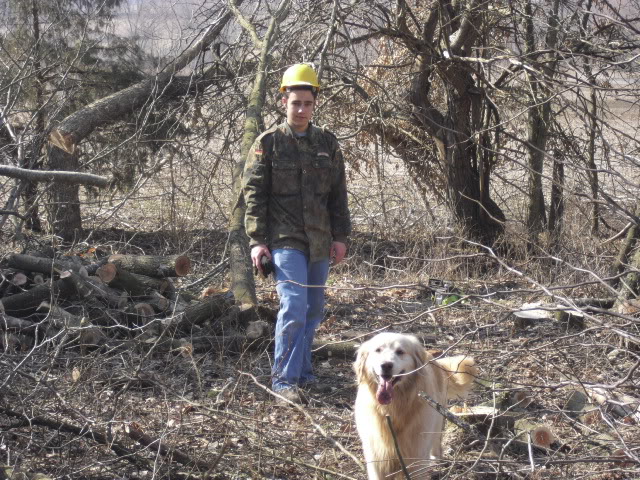dbltree
Super Moderator
What is an oak savanna?
I live literally in the middle of stand of savanna oaks that are some where between 150 and 300 years old, exact ages are difficult without killing the tree of course but most of mine are roughly 200-250 years old.
I wake up each morning to these beautiful trees :way:
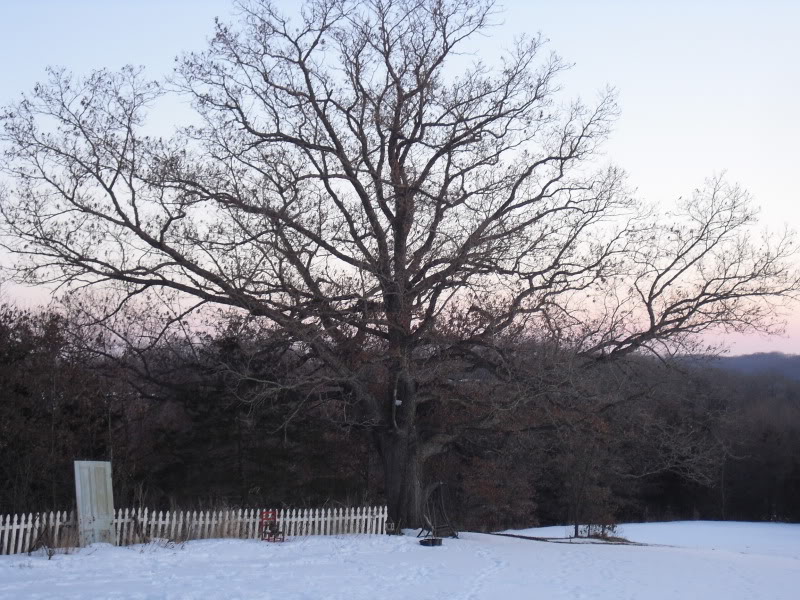
and watch the sun set behind them every evening
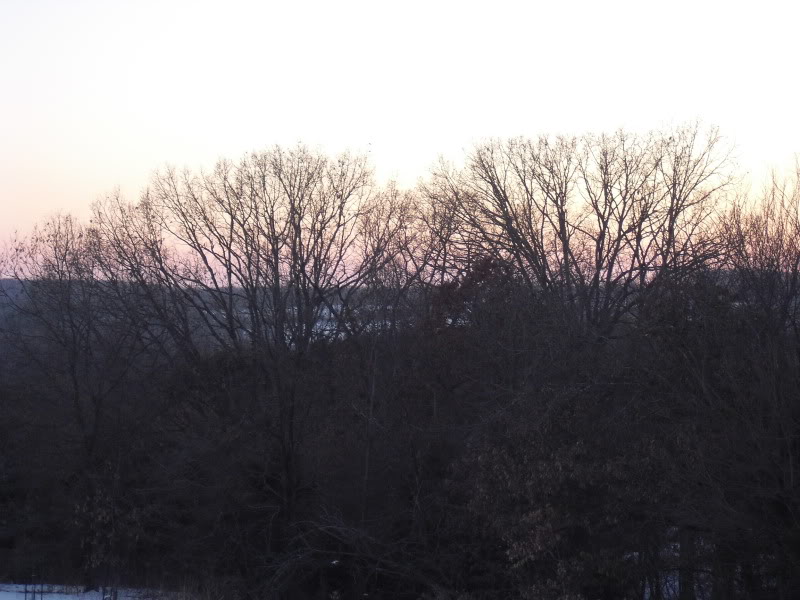
An oak savanna consists of open grown oaks (not grown in a forest) and native grass and forbs, so in some ways it becomes a beautiful combination of timber and native warm season grass. This combination then provides a natural source of food and cover and is especially attractive to deer and turkeys and a host of other wildlife and birds including quail.
Farming and timbering all but destroyed the natural oak savannas that once covered much of the Midwest and lower great lakes areas with less then .01% remaining. Remaining oak savannas can be restored and new ones created however and I am excited about restoring mine!
One key element of an Oak Savanna is fire...it is crucial to both maintain the native grass and forbs but to control shade tolerant tree species. Oaks are fire tolerant as are the NWSG and forbs and without fire the whole process is difficult to complete.
The area I have chosen to restore is surrounded on three sides by crop fields and totally hidden far from roads so wildlife can be safe, comfortable and unmolested.
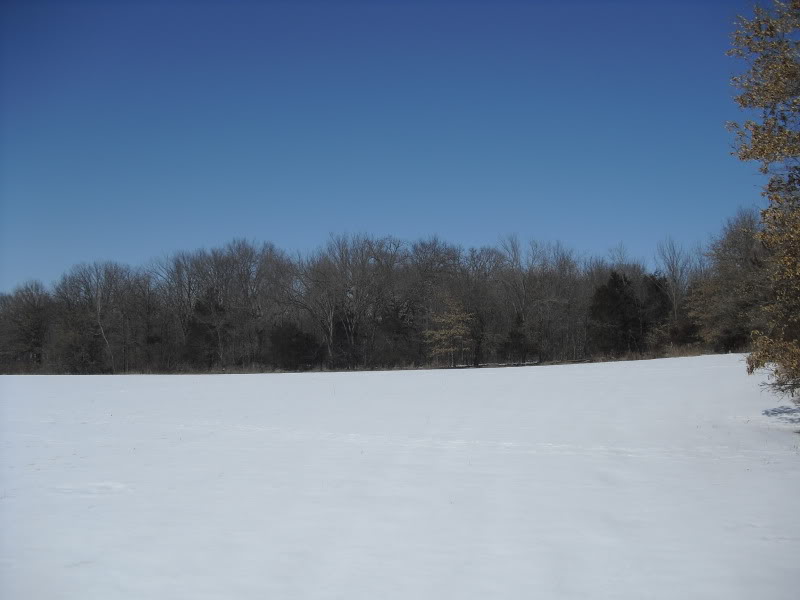
This thread will allow everyone to follow my restoration and share the proper and safe use of fire as a tool and even if you have no interest in savannas themselves, you will find many components usable in your own habitat projects.
In my case not only am I blessed with huge savanna oaks but also totally wild remnant populations of native grass and forbs so I will attempt to restore mine without bringing in any new seed or trees.
The big burr and white oaks will eventually be reunited with native prairie rather then hickory and elms
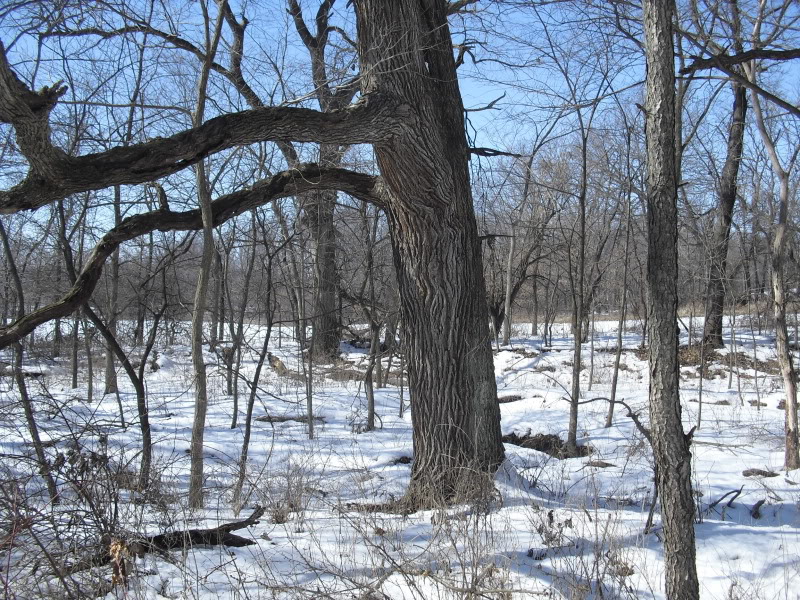
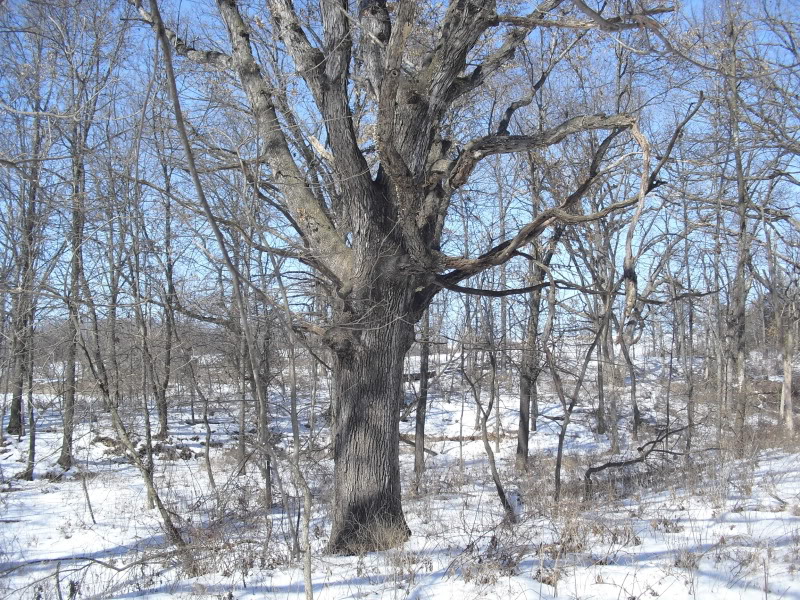
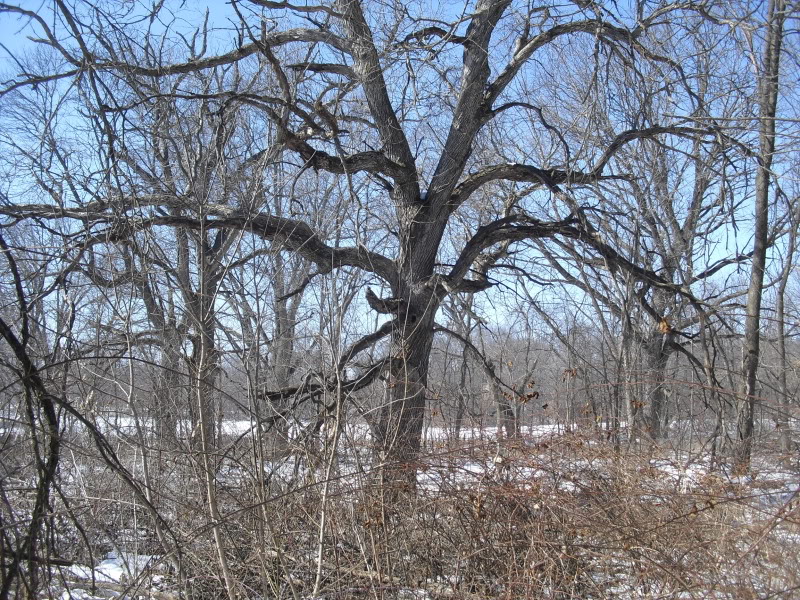
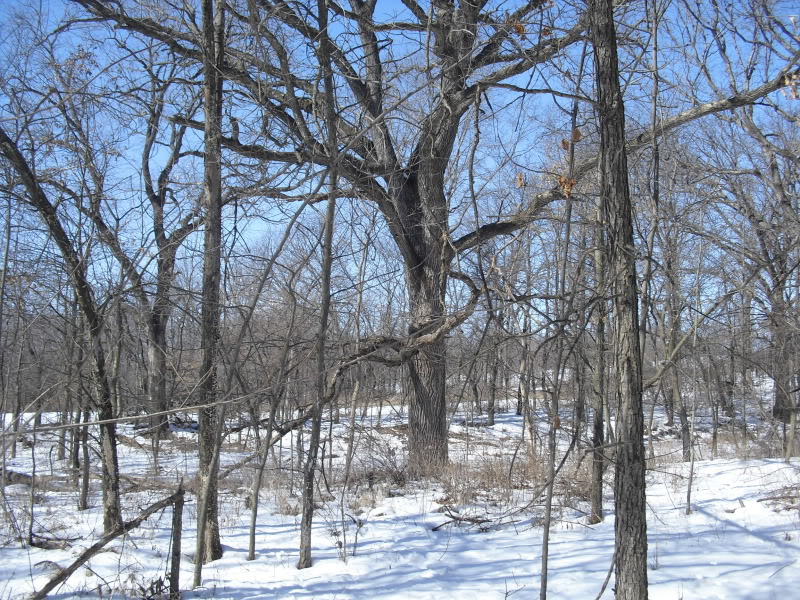
Keep in mind however that it is certainly possible to start with a piece of ground and add both oaks and native grass and literally build a savanna from the ground up.
Why have a savanna?
Beside the fact that they are totally cool...savannas provide a unique source of food and cover that is extremely attractive to whitetails and turkeys. Once released the big oaks drop buckets of sweet plump acorns and the forbs in the native stands are eagerly sought after by deer.
The grasses provide both fawning and general bedding cover and turkeys utilize it for poult rearing and love to roost in the big sprawling limbs of the savanna oaks.
Cost share is available in many cases as well as technical help through the USFWS and I recently spent time with Gregg Pattison who gave me advice and will be sending me the appropriate paperwork.
Here is his contact info.
I hope you will follow along as I restore mine and perhaps gain some knowledge that will help you improve your own habitat and possibly spur interest in building or restoring some oak savanna.
The area looked like this before I got out the chainsaw
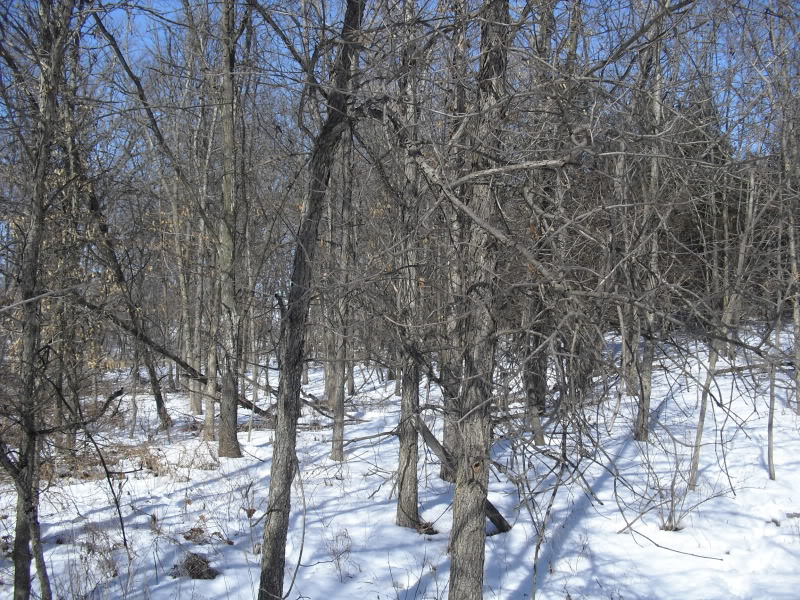
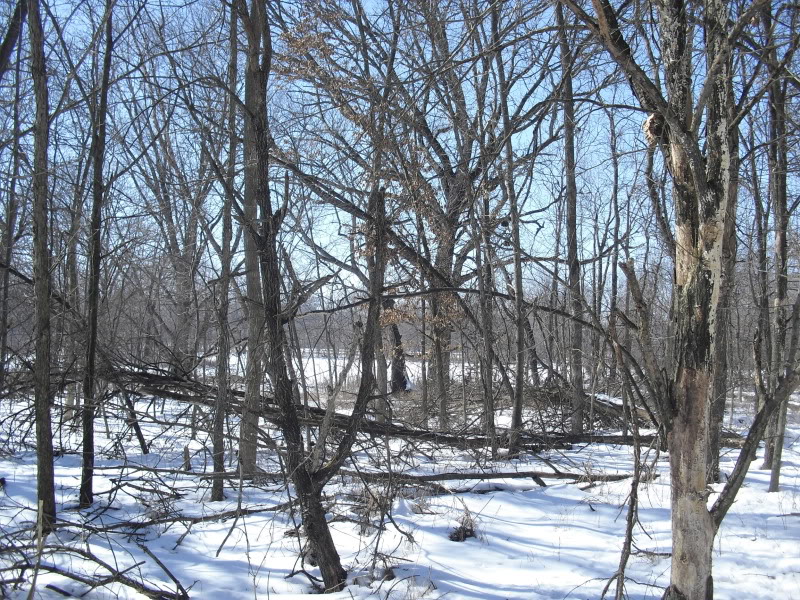
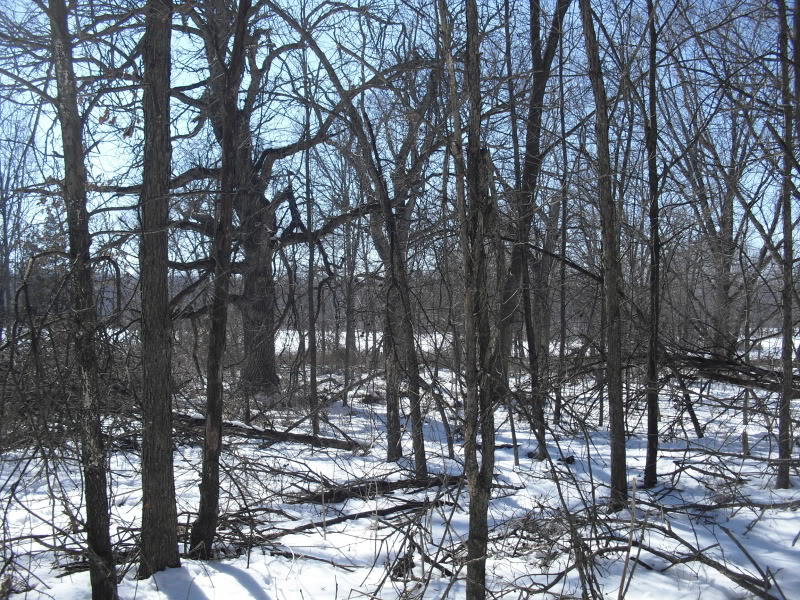
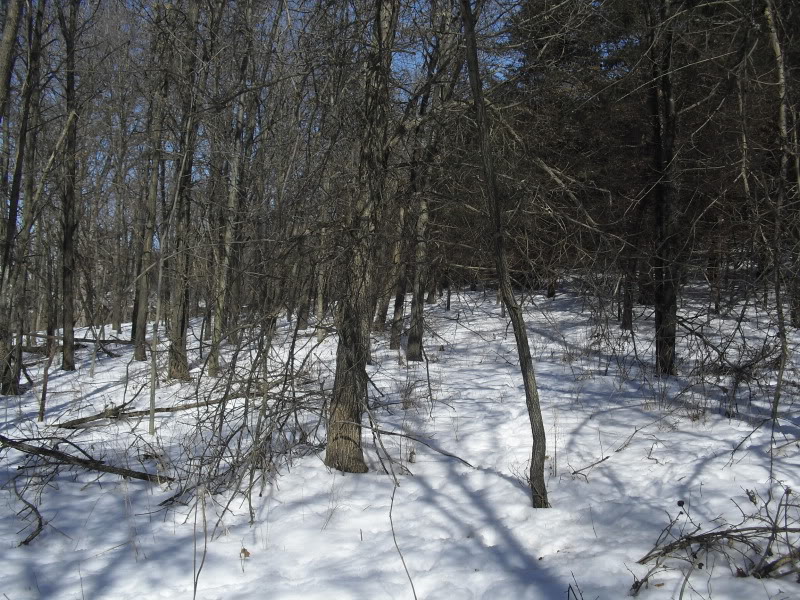
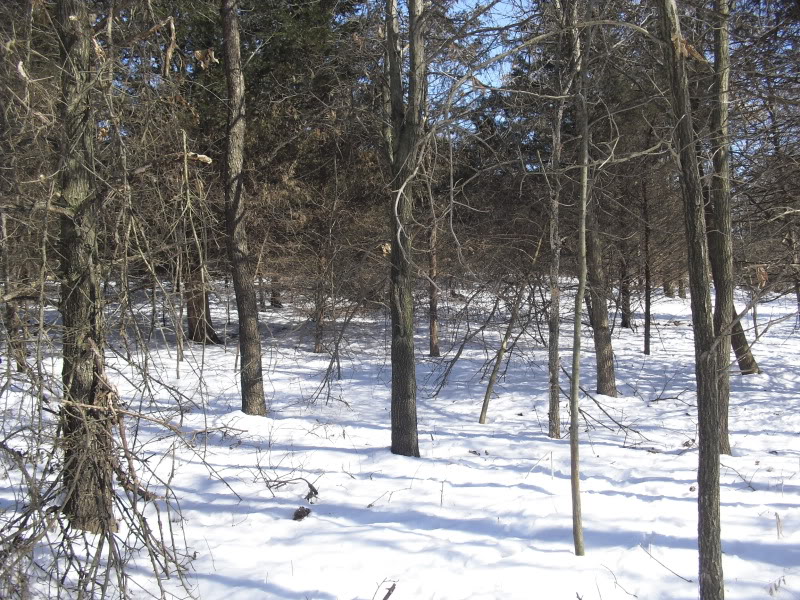
and after being cleared of everything but young burr oaks...it's starting to look like this
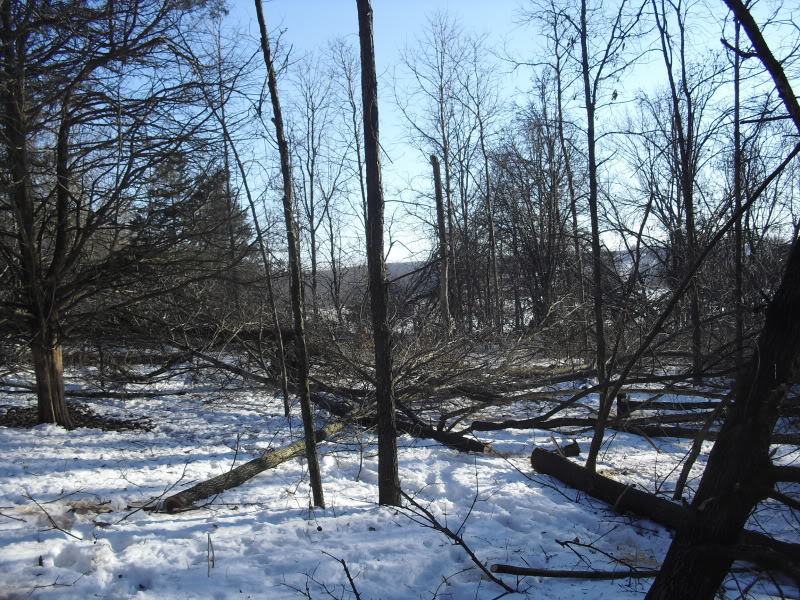
Unlike hinge cutting which is relatively easy, these trees are being cut of at the stump, treated with Tordon and eventually cut up and removed
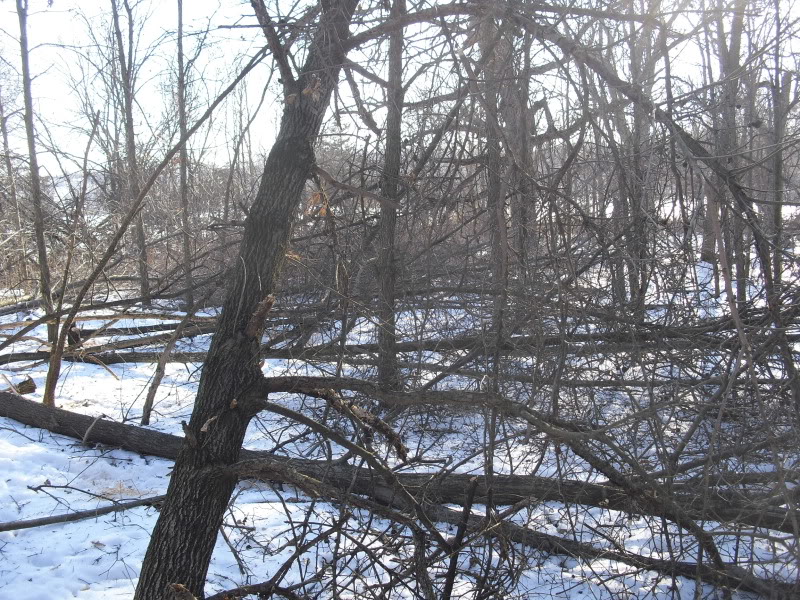
Be careful where you park the tractor!
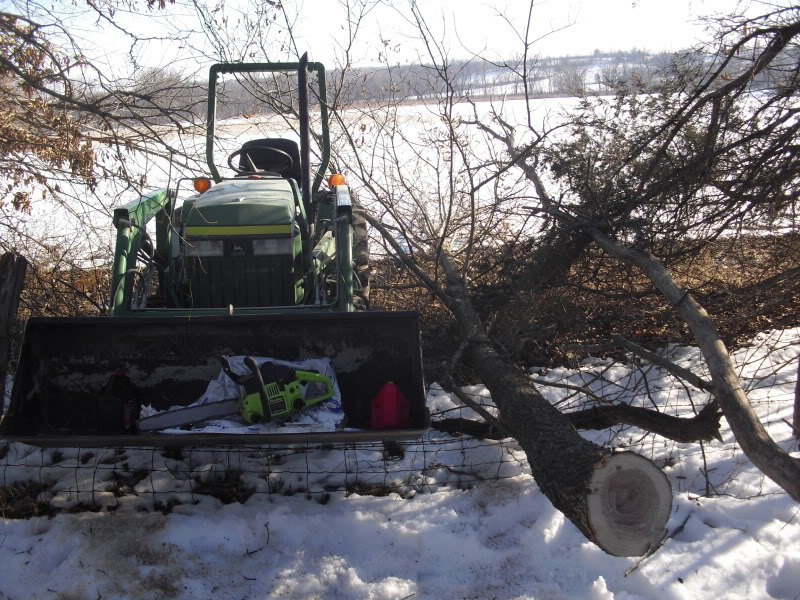
Periodic timely burns to remove leaf litter, discourage invasives and encourage oak seedlings and native grasses to return...will be done with the help of a backpack leaf blower.
BR 550 Backpack Blower
Below are links to great information about oak savannas and pictures that will make you want to get started on yours today!
Oak Savannas
Savanna Oak
Oak Savanna Communities
Planning Oak Savannas
Oak Savanna Conference
Savanna Ecosystems
OAK SAVANNA RESTORATION TECHNIQUES
The Iowa Burr Oak Savanna Project
Whiterock Conservancy Oak Savanna Restoration
Restoration and Maintenance of Oak Savannas
SUCCESSION-BASED RESTORATION OF OAK SAVANNA
A savanna is generally defined as a plant community where trees are a component but where their density is "...so low that it allows grasses and other herbaceous vegetation to become the actual dominants of the community.
I live literally in the middle of stand of savanna oaks that are some where between 150 and 300 years old, exact ages are difficult without killing the tree of course but most of mine are roughly 200-250 years old.
I wake up each morning to these beautiful trees :way:

and watch the sun set behind them every evening

An oak savanna consists of open grown oaks (not grown in a forest) and native grass and forbs, so in some ways it becomes a beautiful combination of timber and native warm season grass. This combination then provides a natural source of food and cover and is especially attractive to deer and turkeys and a host of other wildlife and birds including quail.
Farming and timbering all but destroyed the natural oak savannas that once covered much of the Midwest and lower great lakes areas with less then .01% remaining. Remaining oak savannas can be restored and new ones created however and I am excited about restoring mine!
One key element of an Oak Savanna is fire...it is crucial to both maintain the native grass and forbs but to control shade tolerant tree species. Oaks are fire tolerant as are the NWSG and forbs and without fire the whole process is difficult to complete.
The area I have chosen to restore is surrounded on three sides by crop fields and totally hidden far from roads so wildlife can be safe, comfortable and unmolested.

This thread will allow everyone to follow my restoration and share the proper and safe use of fire as a tool and even if you have no interest in savannas themselves, you will find many components usable in your own habitat projects.
In my case not only am I blessed with huge savanna oaks but also totally wild remnant populations of native grass and forbs so I will attempt to restore mine without bringing in any new seed or trees.
The big burr and white oaks will eventually be reunited with native prairie rather then hickory and elms




Keep in mind however that it is certainly possible to start with a piece of ground and add both oaks and native grass and literally build a savanna from the ground up.
Why have a savanna?
Beside the fact that they are totally cool...savannas provide a unique source of food and cover that is extremely attractive to whitetails and turkeys. Once released the big oaks drop buckets of sweet plump acorns and the forbs in the native stands are eagerly sought after by deer.
The grasses provide both fawning and general bedding cover and turkeys utilize it for poult rearing and love to roost in the big sprawling limbs of the savanna oaks.
Cost share is available in many cases as well as technical help through the USFWS and I recently spent time with Gregg Pattison who gave me advice and will be sending me the appropriate paperwork.
Here is his contact info.
Gregg Pattison
USFWS - Iowa Private Lands Office
Science and Math Room 123
1 University Place
Lamoni, Iowa 50140
Office: (641) 784-5356
Cell: (515) 979-5768
Fax: (641) 784-5054
I hope you will follow along as I restore mine and perhaps gain some knowledge that will help you improve your own habitat and possibly spur interest in building or restoring some oak savanna.
The area looked like this before I got out the chainsaw





and after being cleared of everything but young burr oaks...it's starting to look like this

Unlike hinge cutting which is relatively easy, these trees are being cut of at the stump, treated with Tordon and eventually cut up and removed

Be careful where you park the tractor!

Periodic timely burns to remove leaf litter, discourage invasives and encourage oak seedlings and native grasses to return...will be done with the help of a backpack leaf blower.
BR 550 Backpack Blower
Below are links to great information about oak savannas and pictures that will make you want to get started on yours today!
Oak Savannas
Savanna Oak
Oak Savanna Communities
Planning Oak Savannas
Oak Savanna Conference
Savanna Ecosystems
OAK SAVANNA RESTORATION TECHNIQUES
The Iowa Burr Oak Savanna Project
Whiterock Conservancy Oak Savanna Restoration
Restoration and Maintenance of Oak Savannas
SUCCESSION-BASED RESTORATION OF OAK SAVANNA



